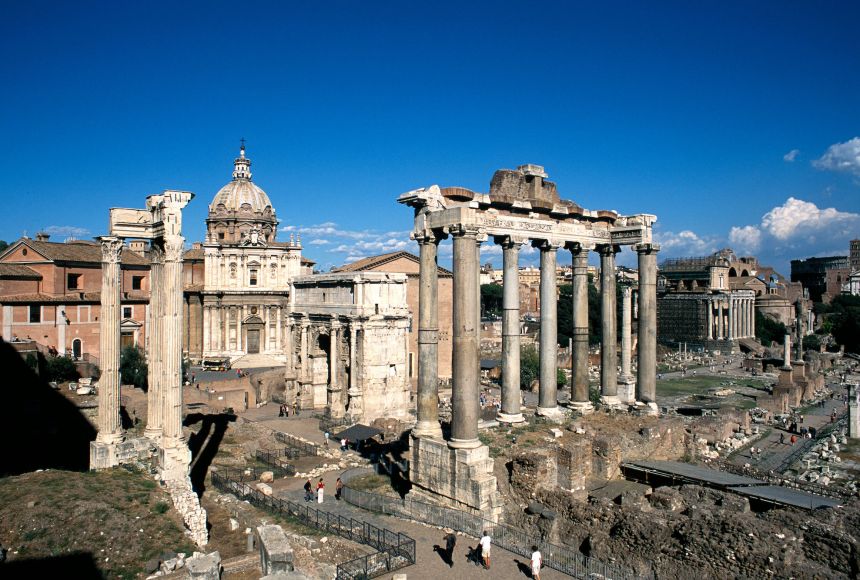About 2,500 years ago, the Etruscans ruled the city of Rome. They were a wealthy and powerful civilization from northern Italy. In 509 B.C.E., Romans rebelled against the Etruscan king and founded the Roman Republic. Their first government was a representative democracy. Its citizens, who only could be free, adult males, elected representatives who made laws for Rome. The patricians were Rome's richest families, and they held all the power. Only patricians could be government or religious officials. The rest of the free Roman citizens were plebeians. The plebeians were almost powerless, and the only group below them was the enslaved
Plebeians Fight for a Voice in Government
The Senate was the main governing body. After about 15 years, the plebeians protested and the Council of the Plebs was formed. Plebeians got a voice in the government, and the republic formed new branches of government, called assemblies.
The assemblies played different roles. The Comitia Centuriata made decisions about war, passed laws, and elected important public officials. At first, the Concilium Plebis made laws for the plebeian class, and the patricians did not have to follow them. After about 200 years, all Romans had to obey the same laws. The Comitia Tributa elected less important officials. Sometimes they served as judges, but only had the power to make people pay fines.
Two consuls were elected each year to lead the Republic. They also were the heads of the Roman Senate and commanded the Roman military.
Augustus Gains Power: An Empire Is Born
For the next several hundred years, the Republic stood strong and grew much larger. Citizens and families struggled for power. A series of civil wars broke out, which tore the republic apart. During these civil wars, a general named Julius Caesar began gaining power.
The Senate became afraid of Caesar. They demanded he give up command of his army and return to Rome to be a regular citizen. Caesar refused, and instead marched his army directly into Rome. Another civil war broke out. Caesar won and was named ruler, for life. A group of senators feared Caesar would become a tyrant, and assassinated him. His nephew Augustus defeated the conspirators and became the first Roman emperor. The Roman Empire was born.
During the Roman Empire, the emperor held most of the power and commanded the army. The lawmaking assemblies lost power.
The Empire Grows
The emperor's power still came from the Senate, though the Senate usually did what the emperor told them to do. The Senate could declare an emperor to be an enemy of the state. They could also erase his reign from Roman history.
During the time of Augustus, the Roman Empire controlled Italy. It also established colonies in North Africa and ruled over large swaths of territory in Europe. Later emperors expanded the empire farther. Eventually, Rome ruled most of the European continent, including Britain.
Rome grew wealthy and powerful. The vast empire was expensive to run and was repeatedly attacked by foreign groups. Eventually, it grew poorer and weaker.
The Fall of the Roman Empire
Diocletian became emperor in C.E. 284. He split the Roman Empire into a western half and an eastern half to make it easier to control. There was an emperor of the east and an emperor of the west, and eventually they fought each other.
Romulus Augustulus was the last of the western emperors. In 476 C.E., Rome was attacked by German tribes and defeated. Still, the eastern half, known as the Byzantine Empire, lasted another thousand years until it fell to the Ottoman Turks in C.E. 1453.

